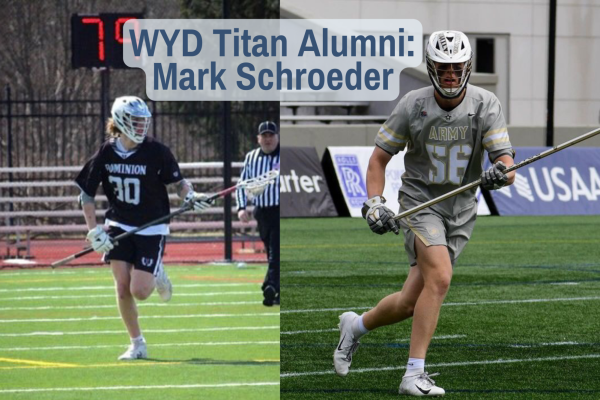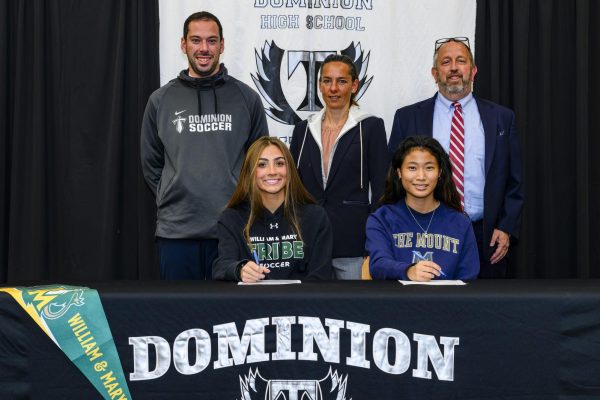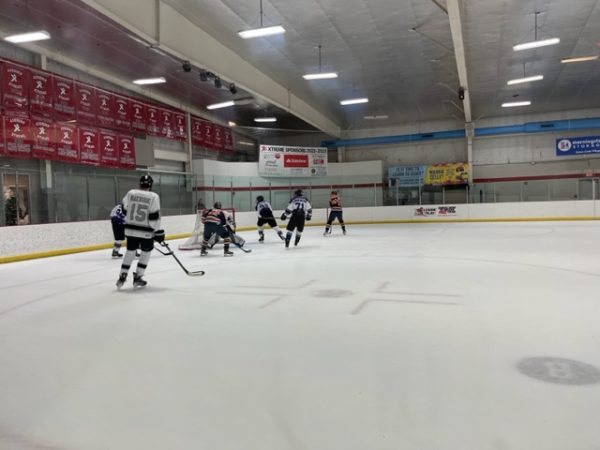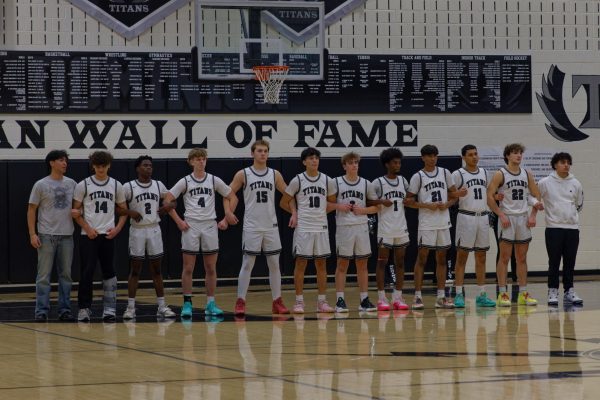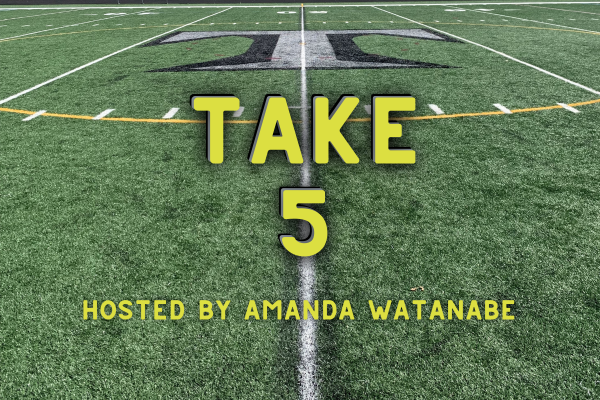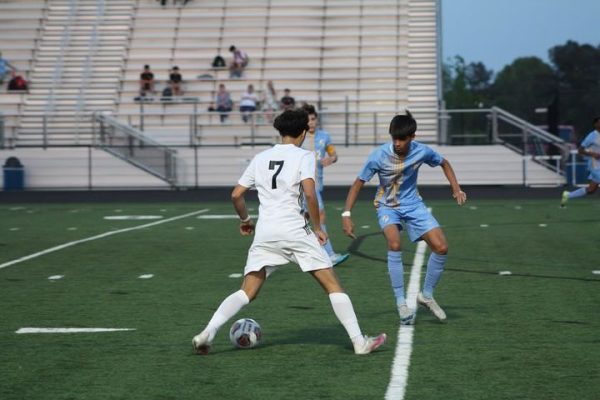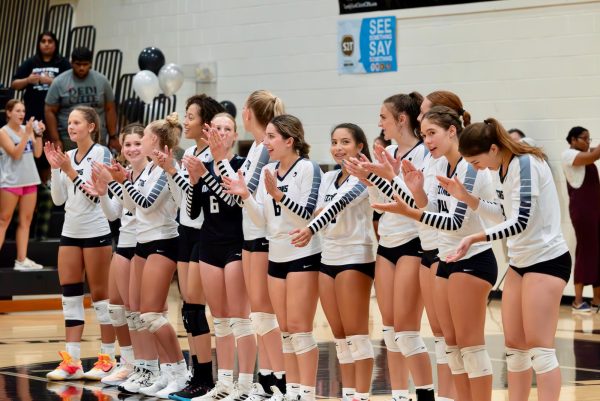Hits to the Heads Leads to CTE
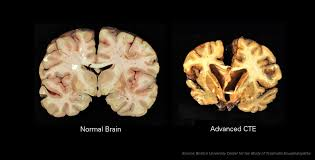
There is a new study out that is linking Chronic Traumatic Encephalopathy (CTE) with the number of hits to the heads of athletes, not concussions and how hard these athletes are getting hit. The Virginia High School League (VHSL) currently has no rules in place for the amount of hits to the heads that players can receive in order to protect them from brain problems. However, baseball players have rules to protect their shoulders and elbows with a limit on how many innings and pitches that players can pitch.
The NFL has addressed the issue of hits to the head in many ways in the past few seasons, but have just made a major change this offseason. Players are no longer allowed to make hits while leading with the crown of their helmets. With changes taking place at the highest level of football, should a rule change at the high school level soon follow?
“They come to me dead,” said Dr. Goldstein associate professor at Boston University School of Medicine and College of Engineering who is a head researcher at the CTE center there and attended the Yale School of Medicine. Hits to the heads of high school athletes and football players are happening every day and the consequences of these hits can be monumental.
According to the study, CTE does not just occur from hard hits and a concussion, but the repetitiveness of these hits are what are leading to CTE in the brains of athletes. Dr. Goldstein said, “It is not about the concussion protocol, it is about constant hits to the head.”
Football players all over the country play both offense and defense and get exposed to a large number of hits to the head each game. One of these players includes all-state football player, Jimmy Christ. Jimmy has offers to multiple division 1 schools including Indiana, Louisville, Michigan State, UVA, Maryland, Boston College, and Syracuse. Jimmy Christ said, “I am aware of CTE and hits to the head, but I am not concerned. We are taught the correct form to hit and avoid injuries. I also have played both ways since little league and it won’t affect me.”
Karl Buckwalter, the head football coach at Dominion, said that during the entire last season that the team roughly had 1,200 plays for offense, defense, and special teams combined. He also added that about 5 players would consistently play both sides of the ball which could double the amounts of hits to the head that those players could receive.
All these plays are just more chances for the players to get hit in the head. This is especially dangerous because there are some players that will play almost every play. Rick Atkins, Dominion’s Head Athletic Trainer, said, “If I got 11 players on the field and all of them get hit in the head on kick off, now I got 11 kids on the sideline that need to be checked.”
“One of the long-term consequences of these repetitive hits is that it triggers a neurodegenerative disease called Chronic Traumatic Encephalopathy (CTE),” Dr. Goldstein said. Dr. Goldstein followed up with “CTE is not a brain injury, it is a progressive neurodegenerative disease.”
Atkins, who was also a paramedic for 24 years said, “Hits to the heads are going to happen, there is not really a protocol but an evaluation. If you get hit to the head and you show signs and symptoms then I will evaluate you.”
All around the NFL there are spotters that keep watch for big hits to the heads even when the hit occurs off the ball. In Loudoun County that spotter is the athletic trainer. “In Loudoun County, there are two athletic trainers at football games, one on one side and one from the other,” said Atkins. “I am also down at the practices and watching the practices for that stuff (big hits).”
Derek Farrey, the supervisor of athletics for LCPS, said, “The length of time off the field depends on how long it takes the athletic trainer to perform their concussion assessment of the athlete. If they are symptom free, they are allowed back into the game. If they have any symptoms, they are required to sit out and go through the concussion protocol until they are clear to return.”
Many concussions do not even have symptoms occur until well after the event takes place, as Dr. Goldstein said, “These injuries often do not even manifest until 48-72 hours later, and they may be completely silent all together.” Goldstein also said, “There is nothing, absolutely nothing you can do at the game to figure it out, period.”
Atkins said, “We could miss it, he may not say anything. He may have a great game and score four touchdowns. The next day guess what? He’s throwing up. We are not saying we are here to catch everything and be perfect.” Atkins also said, “The next day I take him through the evaluation. Here’s the good thing about it, I am not going to let him play anymore until he his passing the evaluation.”
The Virginia High School League (VHSL) said, “Each school system is required to create and follow ‘return to learn’ and ‘return to play’ policies.”
All protocols that are in place are still not preventing hits to the heads of these athletes and it is very difficult to judge whether or not these kids are fit to play. “Unless these people (on the sideline) are superhuman geniuses and they have tools that I do not know about then I would say they are not qualified to figure it out, even with fancy equipment you may not be able to see the evidence at all. You cannot figure this out at the sideline, I am sorry it is not possible,” Dr. Goldstein said.
Mike Christ is a father and coach of multiple football players at Dominion, including sophomore Jimmy Christ. Mr. Christ said, “I do think the way that concussions were handled in the past was careless and the recent changes and attention given to the issue has helped a lot.”
Tackling and blocking are done on almost every play of a football game which means lots of hits to the head. In college and in the pros the majority of the players only play one side of the ball which limits the hits to the heads. At the high school level many players play both sides of the ball which exposes them to two times the number head hits. The new athletic director at Dominion, Dwayne Peters said, “It is just a matter of teaching proper technique of tackling, blocking, and hitting. Injuries can be prevented and it starts at teaching the kids at the younger level.”
This past year all coaches in Loudoun County went through classes to teach how to properly tackle. Coach Buckwalter said, “We are all trained in proper tackling techniques that does not involve using or leading with the head. Every coach is trained and must pass the test to be a coach. We have tackling sessions that are progressive step by step instructions that we review and discuss each practice.”
The LCPS concussion protocol says that they include the most “widely used and most scientifically validated concussion evaluation tool” called the “Immediate Post-Concussion Assessment and Cognitive Test (ImPACT)” when testing athletes for concussions.
“It is really easy, there is no perfect concussion protocol because it is ridiculous,” Dr. Goldstein said.
“I’m sure the coaches out there are well trained but they are not medical doctors, and even medical doctors on the field cannot adequately determine who is hurt and who is not. I can’t do that and I’m an expert in the field,” Dr. Goldstein said.
Atkins responded to this with, “We have degrees just like he does, we are medically certified in a certain field, that field is mostly athletes,” Atkins added, “Are we perfect about judging hits to the heads? No, no one is, and I think he is not either. At the same time do you want something or nothing.”
Atkins has been certified by the Board of Medicine in the state of Virginia to practice athletic training and also passed the test given by the Board of Certification. He graduated from George Mason and currently still teaches there too. He is also certified in concussions through his degree program at George Mason. He also received extra training from the ImPACT course in order to learn how to give the Impact test and to learn more about concussions. That course was taught by Dr. Mickey Collins, the founder of the ImPACT test.
“We (athletic trainers) are able to see these little things athletes are trying to hide from us. Athletes want to play. Coaches are going to be coaches, and they are going to want that athlete to play.” Atkins followed that up with, “I have been in athletic training for over 20 years and I was also a paramedic for 24 years. Yes, we need to be out there looking for the little symptoms.”
There has been a lot backlash all around football surrounding how the game football should be changed to try to protect the heads of these players and to prevent CTE. Dr. Goldstein addressed this as he said, “If you get hit in the head playing football then you are done for the game, possibly the week, possibly the month, possibly for the season, your just done. There is no protocol, you’re just finished, go play something else. It is not complicated,” Dr. Goldstein said, “Let’s say a kid is playing flag football, if that kid gets hit in the head, then that kid should be taken out of the game. I do not care if that kid has signs or symptoms of a concussion or not, because we do not know what can evolve over the next day or two.”
“We are not saying we are here to heal and send everybody back on the field. If you are a good athletic trainer and you do not know, then send them to an expert, it is all about the safety of the kid. We are going by what we’re taught and he probably went through the same classes that we went through,” Atkins said.
“I am not going to say he (Dr. Goldstein) is wrong, but I will also say he needs to know more about athletic trainers. Do you want us out there to evaluate your kid for a concussion? I think so, or do you want no one out there to evaluate your kid for a concussion? We look for these symptoms and he is not on the sideline, we send them (athletes) to people like him later,” Atkins said.
CTE has shown up in kids as young as 16 years old according, to Dr. Goldstein, by being exposed to hits to their heads starting from pee-wee football. The earlier you get exposed to hits to your head, the higher the risk of you developing CTE.
A tracker was placed in a child’s helmet that played in a youth football league and the number of hits calculated for the season totaled out to 698 hits to that child’s head. Atkins said, “I started playing football at age 8. Between age 8 and when I still played as an adult in the Marine Corp, how many hits did I have to the head? The people that were tested was for just one season, that was August until November, and one kid had 600 something hits. If I take that number and apply the years I had football, good grief, I am looking at like 10,000 hits to the head.”
For pitchers in the VHSL, pitch regulations are in place to protect the shoulders of the young athletes. The pitch count rules are if a pitcher pitches 26-50 pitches they need a day’s rest, 51-75 they need two days’ rest, 76-100 they need 3 days’ rest, and 101+ they need 4 days’ rest. Pitchers cannot go over 110 pitches, but can exceed it if they are currently pitching to a batter and the mark is reached. The pitch count only comes into play during games. Yet there is no rule about how long a football player must rest after receiving a certain number of hits to the head.
“There are all sorts of laws that are in place that set age limits below which these things are too dangerous (driving, drinking, carrying a handgun) to allow before a certain age, and this is one of them because the consequences can be catastrophic,” Dr. Goldstein said, “It is not about the concussion protocol, it is about constant hits to the head. Before the age of whatever we decide it is, you play flag football, you enjoy the game, you learn the athleticism of the game, but you do it in a way where you can avoid the possibility of developing a neurodegenerative disease.”
Atkins said, “I would like to see a hit count and sensors in the helmets of football players.” Atkins also said, “I would also like to see concussion markers being used for football players.”
There are so many young kids that have been playing enough football and being hit in the head so many times that even kids as young as 16 are getting CTE. Dr. Goldstein said, “Awareness should be evolving from all these tragedies taking place.”
The study that was done to figure out that CTE is not from concussions but from consistent hits to the head was conducted by the Cleveland Clinic,Harvard Medical School, Lawrence Livermore National Laboratory, New York Medical College, University of California, Berkeley, University of Massachusetts Lowell, The Jackson Laboratory, VA Boston Healthcare System, Ben-Gurion University (Israel), Dalhousie University (Canada), and University of Oxford (UK).
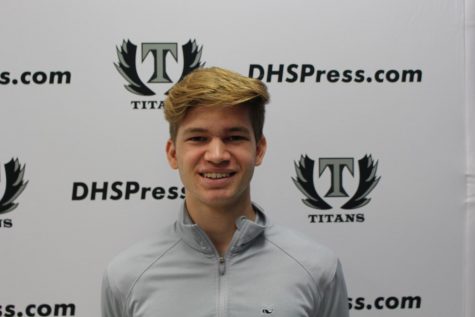
Ian Whitfield has been a part of DHS press since 2016 and branched out from from his newspaper roots into broadcasting. Whitfield is the color commentator...



